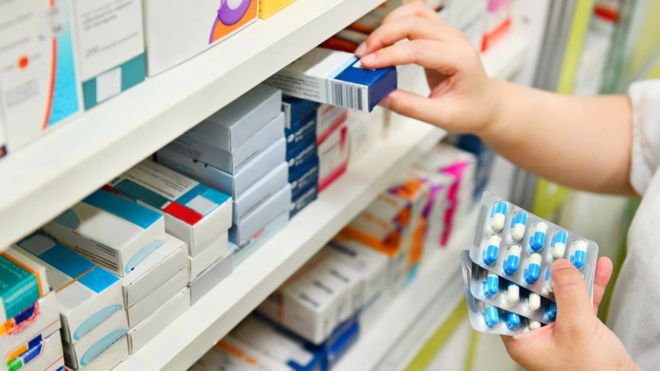
 The World Health Organisation(WHO) has updated the list of global guidance on medicines and diagnostic tests. The updated list will help countries prioritize critical health products that should be widely available and affordable throughout health systems.
The World Health Organisation(WHO) has updated the list of global guidance on medicines and diagnostic tests. The updated list will help countries prioritize critical health products that should be widely available and affordable throughout health systems.
The two updated lists focus on cancer and other global health challenges, with an emphasis on effective solutions, smart prioritization, and optimal access for patients.
WHO Director-General Dr Tedros Adhanom Ghebreyesus, in a statement, stated that “Around the world, more than 150 countries use WHO’s Essential Medicines List to guide decisions about which medicines represent the best value for money, based on evidence and health impact.” “The inclusion in this list of some of the newest and most advanced cancer drugs is a strong statement that everyone deserves access to these life-saving medicines, not just those who can afford them,” he added further.
This year’s list has expanded to more non-communicable and communicable diseases. The updated list adds 28 medicines for adults and 23 for children, specifies new uses for 26 already-listed products, bringing the total to 460 products deemed essential for addressing key public health needs.
The first list published in 2018 concentrated on a limited number of priority diseases – HIV, malaria, tuberculosis, and hepatitis. Understanding the need for early diagnosis of cancer, WHO has added 12 tests to the Diagnostics List to detect a wide range of solid tumours such as colorectal, liver, cervical, prostate, breast and germ cell cancers, as well as leukaemia and lymphomas. A new section covering anatomical pathology testing is added. This must be made available in specialized laboratories. The list also focuses on additional infectious diseases prevalent in low- and middle-income countries such as cholera, and neglected diseases like leishmaniasis, schistosomiasis, dengue, and zika. Many of these conditions are common in India.
In addition, a new section for influenza testing was added for community health settings where no laboratories are available. The new list has also included additional general tests which address a range of different diseases and conditions, such as iron tests (for anaemia), and tests to diagnose thyroid malfunction and sickle cell. The new list also specifies tests intended for screening of blood donations to make it safer.
The updated List of Essential Diagnostics contains 46 general tests that can be used for routine patient care as well as for the detection and diagnosis of a wide array of disease conditions, and 69 tests intended for the detection, diagnosis and monitoring of specific diseases.
WHO lists are just models for the countries to prepare their own lists. National lists based on local disease burden and existing healthcare delivery infrastructure provide an excellent framework from which countries can plan and implement the laboratory services and the medicines they need.
Source: WHO website, HealthissuesIndia.
https://apps.who.int/iris/bitstream/handle/10665/325771/WHO-MVP-EMP-IAU-2019.06-eng.pdf?sequence=1&isAllowed=y